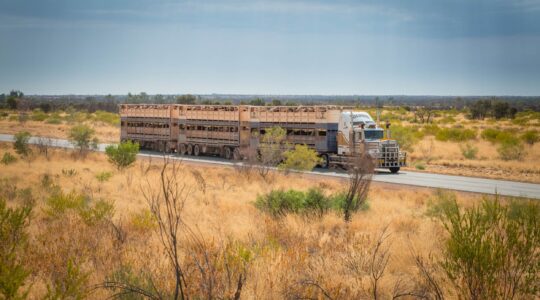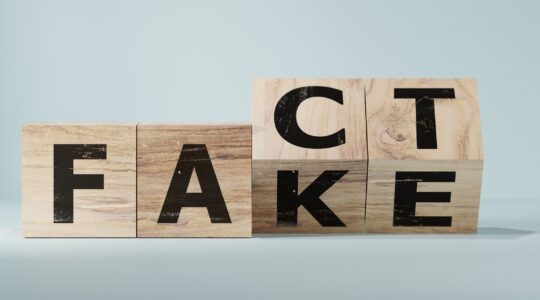Moving freight from our road to rail networks will be vital in reducing transport emissions as the nation targets net zero by 2050, according to a peak rail body.
As leading rail freight sector representatives gather in Sydney, the Australasian Railway Association (ARA) said there was an urgent need for rail to increase its share of the nation’s growing national freight task.
ARA CEO Caroline Wilkie said Australia’s total domestic freight task was projected to grow by 26 percent between 2020 and 2050.
“Despite this, a mere two percent of freight is hauled by trains between Sydney and Melbourne – the busiest freight corridor by volume in the country – and less than five percent of freight is currently moved by rail between Sydney and Brisbane,” Ms Wilkie said.
“Even the critical Melbourne-Brisbane transport corridor has a rail mode share of less than 30 percent.”
Ms Wilkie said the critical role that rail played in delivering large volumes of goods across vast distances had never been more keenly felt.
“There is an urgent need for a focus on network resilience underscored by the pandemic and multiple flood and bushfire events that have caused disruptions over recent years,” Ms Wilkie said.
“Our freight task will continue to grow, and road and shipping alone will not be enough – we need a resilient, reliable and efficient national rail freight network to support the economy and community.
“There is also a huge environmental imperative to move more freight from road to rail. It will be critical to reducing our transport emissions and making sure we meet Australia’s net zero target by 2050.”
ARA research shows that rail freight is up to 16 times less carbon intensive than road freight.
A recently released report Future of Freight warned under-investment in the rail freight network was jeopardising Australia’s freight capacity.
Leading industry and government representatives are meeting at the Australasian Railway Association Rail Freight Conference on April 9 and 10.
The conference includes presentations from Inland Rail, National Transport Commission, ARTC, Department of Infrastructure, Transport, Regional Development, Communications and the Arts, Office of the National Rail Safety Regulator, Pacific National, Aurizon and Linfox.








